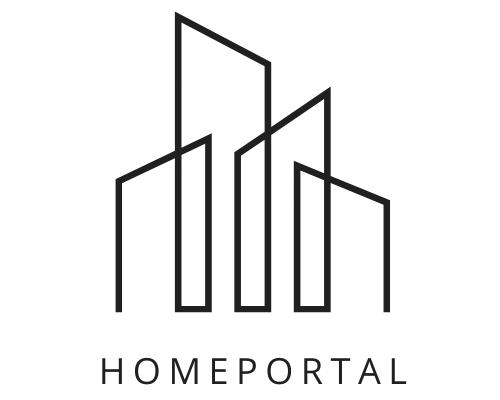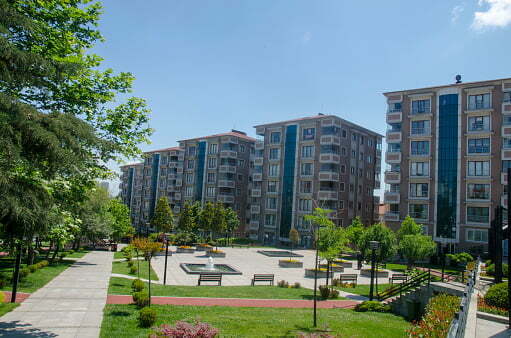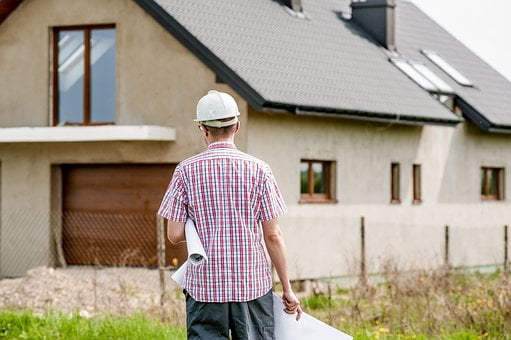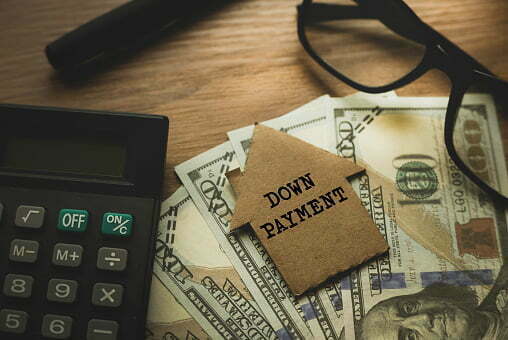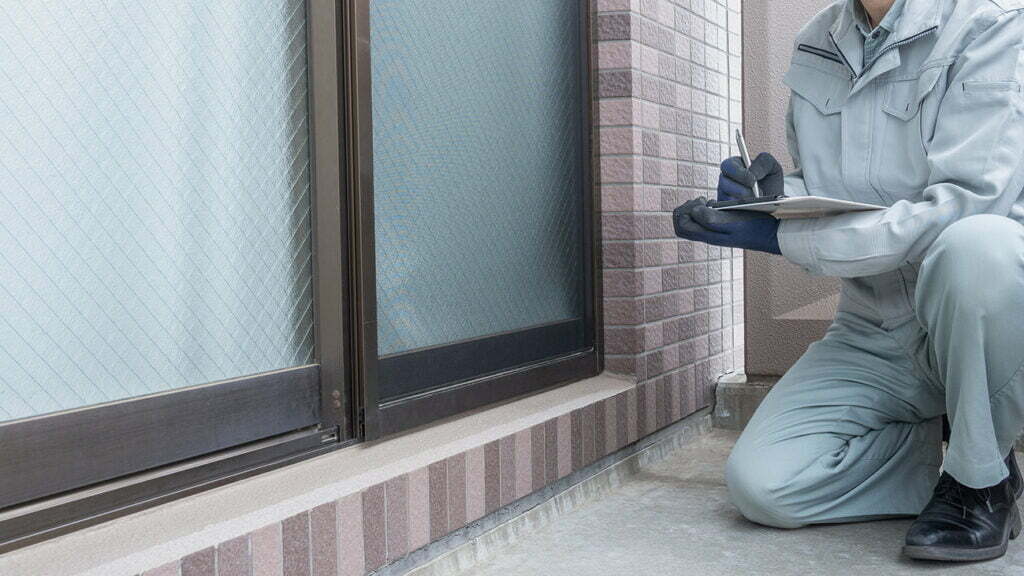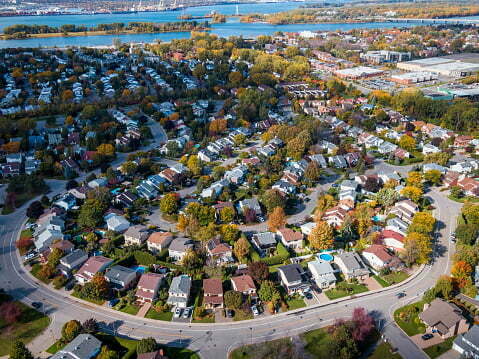Five Things to Know Before Purchasing a Condo
Five Things to Know Before Purchasing a Condo Buying a new condo is a big investment that demands careful preparation and research, regardless of whether this is your first or fifth condo purchase. In this way, you will know exactly what to expect from your new condo and will be able to buy with confidence. Affordability of the condos As the cost of a condo is typically less than that of a “normal” house, it might be a better option for someone looking to buy their first home. Plus, you get the aforementioned extras. Although the purchase price is important, it is not the only cost to consider when deciding to become a homeowner. This is because condo maintenance expenses may ultimately make condo payments more expensive than rent payments for a similar single-family home. Mowing the lawn, cleaning the common areas, and painting the exterior of the building will not be on your to-do list. To be fair, though, somebody has to do it. You, together with the other owners, are responsible for these costs. Condominiums have more rigorous mortgage requirements. You may have heard that condo financing is more challenging, and that’s because they are. Condominiums provide their own set of obstacles when trying to get a mortgage. Condominiums are subject to further scrutiny from lenders to ensure they meet certain criteria. Some condos have these features, but some do not. You shouldn’t let the difficulties deter you, though; millions of individuals have funded their homes in this method with no major problems. Live by the HOA Rules In the process of purchasing a condo, you will be provided with a copy of the Covenants, Conditions, Restrictions, and Easements established by the condo association or condo management firm (CC&Rs). This is crucial background knowledge. To begin, they’ll outline who is responsible for what within your unit and what is yours to maintain as an individual owner. It’s possible that you’re not responsible for maintaining the exterior doors and windows if they aren’t yours. Furthermore, while central air conditioning is a standard feature, window air conditioners are not. Those specifics will be spelled out in your CC&Rs. The regulations you must follow are spelled forth in the CC&Rs as well. Liabilities are shared with hoa Because you have a financial stake in the HOA (partial ownership), you may be held responsible for its problems. As a result, you can be on the hook for some of the cost of fixing a problematic building if it gave its stamp of approval to the project. You may also be required to pay for the HOA’s legal fees and share in any losses incurred if the HOA is unsuccessful in its attempt to get the developer to take obligation. In fact, you will be treated as an anonymous third party in any lawsuit the association files. It’s probably best to avoid buying into a community with a HOA that’s in the middle of a major lawsuit or that routinely files lawsuits. The “assessments” on a condo might be costly In most cases, a financially stable HOA or condo corporation will have significant reserves. Each month’s fee should be somewhat higher than necessary to allow for savings. In this way, it will be able to afford costly maintenance and repairs if and when they become essential. However, not all condo or HOA management companies are competent. There isn’t enough savings to pay for major maintenance like a new roof, HVAC system, or window replacement.
Five Things to Know Before Purchasing a Condo Read More »
